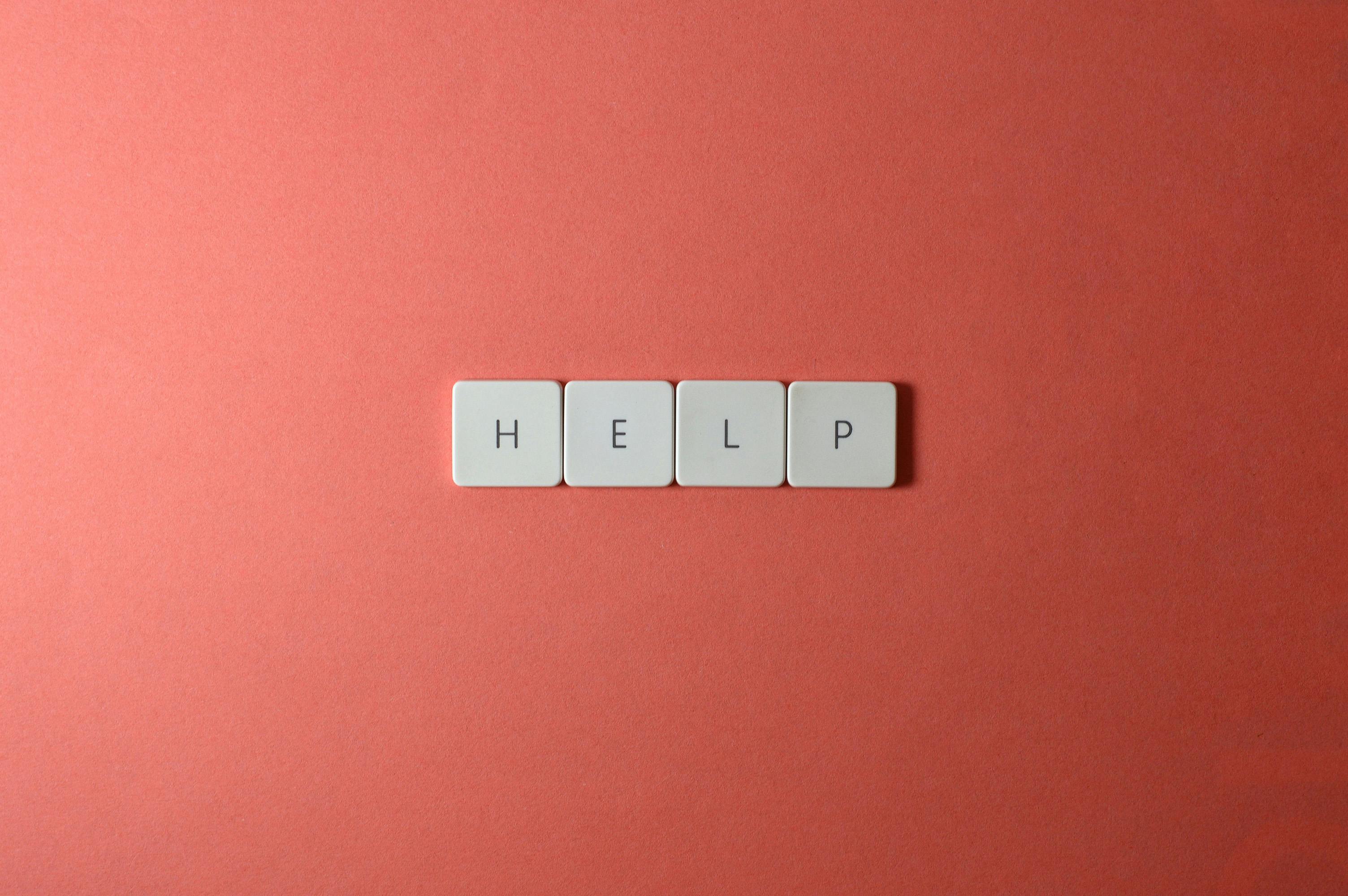
One of the biggest challenges for Korean learners is figuring out when to use 은/는 and 이/가. Many textbooks explain these as "subject markers" but in real conversations, they play different roles. If you've ever been confused about why sometimes it's 나는/저는 and other times 내가/제가, you're not alone. Even native speakers pay attention to how these particles change the nuance of a sentence. Let's break it down with real-life examples in both Korean and English so you can start using them naturally.
1. 은/는 - Talking About the Topic
ㅡ 은/는 is used to introduce a topic.
ㅡ It's often used when talking about general facts or making comparisons.
- At a café
KR
A: 요즘 한국어 공부 어때?
B: 좋아! 한국어는 정말 재미있어.
A: 그래? 일본어도 배우고 있지 않아?
B: 응, 근데 한국어가 더 쉬운 것 같아.
US
A: How's your Korean studying going?
B: It's great! Korean is really fun.
A: Really? Aren't you also learning Jappanese?
B: Yeah, but Korean seems easier.
Key Point:
- 은/는 sets up Korean as the topic of discussion.
- 이/가 is used in the last sentence to emphasize that Korean is easier than something else (probably Japanese).
Many Korean learners naturally say 한국어는 더 쉬운 것 같아. but native speakers are more likely to say 한국어가 더 쉬운 것 같아 in this context. The reason? 이/가 puts more focus on Korean itself as being easier.
2. 이/가 - Emphasizing the Subject
ㅡ이/가 is used to introduce new information.
ㅡIt's also used to emphasize a specific subject in a sentence.
- At a party
KR
A: 누가 노래 부르고 있어?
B: 수지가 노래 부르고 있어.
A: 와! 목소리가 정말 좋아.
B: 맞아! 수지는 가수야.
US
A: Who is singing?
B: Suzy is singing.
A: Wow! Her voice is really nice.
B: That's right! Suzy is a singer
Key point:
- 이/가 is used in "수지가 노래 부르고 있어" because Suzy is new infomation to the listen.
- 은/는 is used in "수지는 가수야" because it's a general fact about Suzy
Korean learners sometimes say 수지는 노래 부르고 있어. which isn't completely wrong, but 수지가 노래 부르고 있어 sounds much more natural in this context. This is because 이/가 answer the question "Who is singing?", making Suzy the focus.
3. 은/는 vs 이/가 in the Same Sentence
Sometimes, switching between 은/는 and 이/가 can change the nuance of a sentence.
- At school
KR
A: 수업 어땠어?
B: 오늘 수업은 재미있었어.
A: 원래 수업이 재미있지 않아?
B: 응. 보통은 재미없어. 근데 오늘은 수업이 정말 재미있었어!
US
A: How was class today?
B: .Today's class was fun.
A: Aren't classes usually fun?
B: No, they're usually boring. But today's class was really fun!
Key Point:
- 오늘 수업은 재미있었어. -> Talking about today's class in comparison to other classes.
- 근데 오늘은 수업이 정말 재미있었어! -> Emphasizing that this particular class was fun.
A lot of learners use 오늘 수업은 재미있었어 Because 은/는 feels like a natural way to mark the subject.
But if you're emphasizing that this specific class was fun, 오늘은 수업이 재미있었어 sounds more natural.
4. 은/는 vs 이/가 in Personal Stories
- At a language exchange meetup
KR
A: 너 친구 중에 한국 사람 있어?
B: 응! 내 친구가 한국에서 왔어.
A: 한국에서 왔다고? 한국어 잘해?
B: 당연하지! 한국어는 완벽해
US
A: Do you have any Korean friends?
B: Yeah! My friend is from Korea
A: From Korea? Does he speak Korean well?
B: Of course! Korean, he's perfect at it.
Key Point:
- 내 친구가 한국에서 왔어. -> "My friend" is new information, so 이/가 is used.
- 한국어는 완벽해 . -> Talking about Korean in general, so 은/는 is used.
Some learners might say 내 친구는 한국에서 왔어. but this sounds like you're about to compare your friend to someone else. The correct phrase is 내 친구가 한국에서 왔어, which simply presents new information.
5. Quick Practice: Fill in the blanks!
Try filling in the blanks with 은/는 or 이/가 to check your understanding!
KR
- 오늘은 날씨( ) 정말 좋아!
- 이 음식( ) 진짜 맛있어.
- BTS( ) 세계적으로 유명해.
- 내 친구( ) 한국에서 왔어.
- 누가 청소를 다 했어? -> 아마도 내 친구( ) 다 했어!.
Answers:
- 가
- 은
- 는
- 가
- 가
If you're still unsure when to use 은/는 vs 이/가, don't stress about it. The best way to learn is by listening to native speakers and practicing in real conversations.
The more you hear these patterns, the more natural they'll feel. If you mix them up, it's not a big dealㅡpeople will still understand you, but using them correctly will make your Korean sound much more natural. Next, we'll go over object markers 을/를, which are just as important. But for now, try using 은/는 and 이/가 in your own sentences and see how they feel.